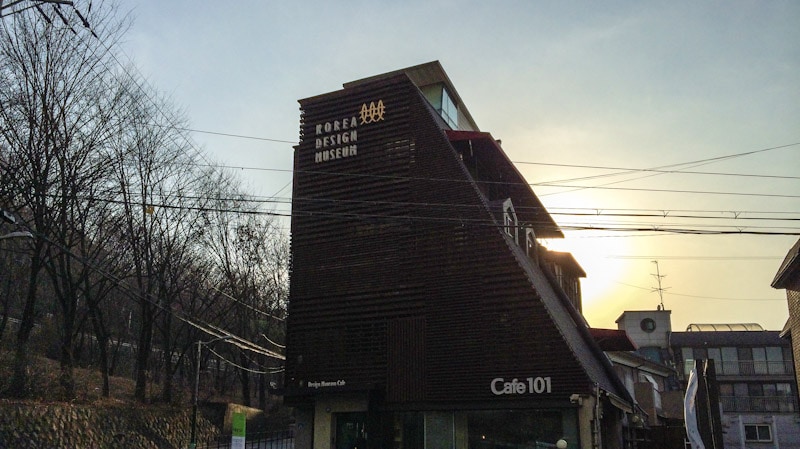
On the outskirts of Hongdae (Hongik University Area) is the Korea Modern Design Museum, a little known museum that features a collection of over 20,000 Korean design history items. The museum, which opened in March 2008, features unique Asian and some European design items from the private collection of Seonmun University professor and museum director Park Arm-Jong, who has gathered items for over 20 years.
Park Arm-Jong has been collecting items for his personal collection since he was a child. His first love was books and book design which eventually led him to a university where he studied visual and editorial design. After he graduated, and for another 20 years, Mr. Park continued to collect Korean design history items.
Many of the items he purchased are from auctions and from small shops in the neighborhood of Insa-dong.
Mr. Park recognized that Western design history had more focus than Korean design history. He then decided to open the museum to showcase his collection and his love of Korean design history.
The Korea Modern Design Museum became the first design museum of its kind in Korea when it opened its doors on March 14, 2008.
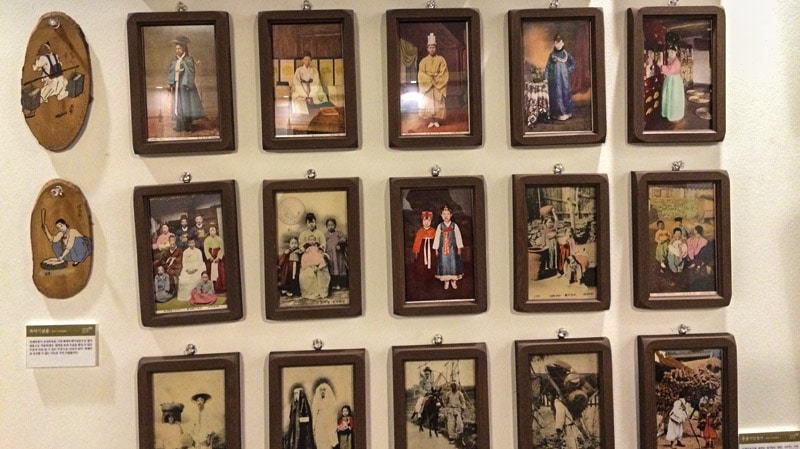
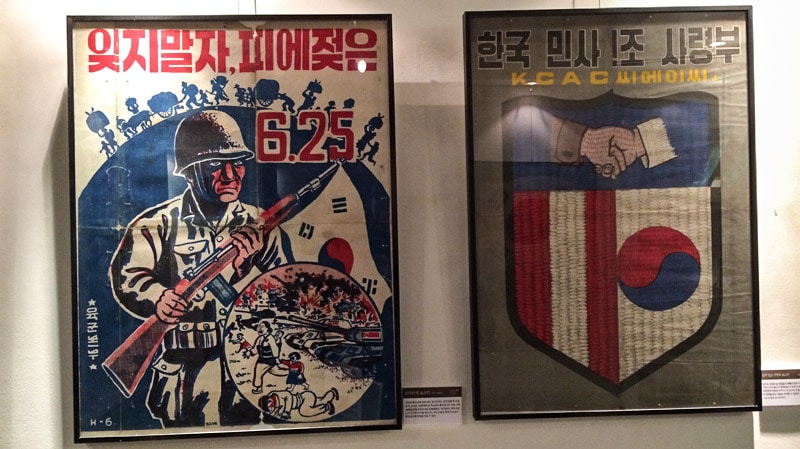
Concepts of modern design were first introduced to Korea from Japan and China through photography and printing. The design industry of Korea has expanded through the decades especially in the 1970s and 1980s. During the 1988 Seoul Olympics, Korean design became internationally recognized.
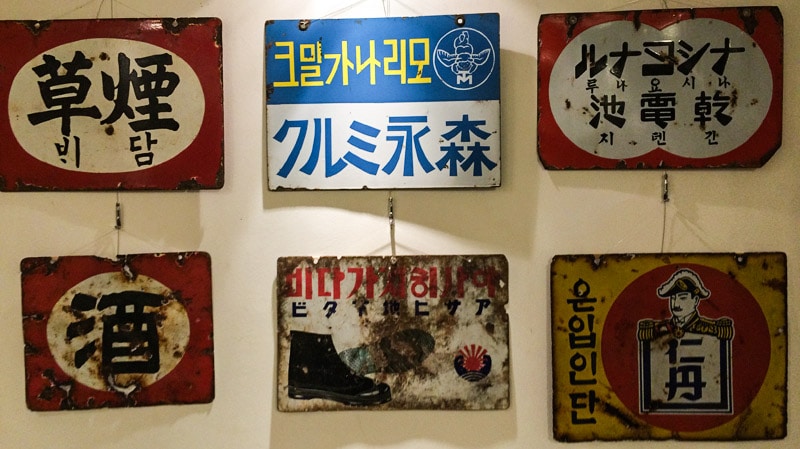
The museum showcases 150 years of Korean design Over 1,600 historical artifacts and design related pieces are on display at any given time in seven different sections across two floors.
Many of the interesting, nostalgic, and unique items on display include posters, flags, photographs, cartoon character dolls, newspapers, magazines, and design materials of the Joseon dynasty imperial family. There is also an assortment of old electronics such as computers, televisions, cell phones, radios, and typewriters.
Rare items such as the first radio made in Korea from 1959, the first television made in Korea from 1965, the first record player, and the first mobile phone designed by Samsung from 1989 are all located here. Interestingly, the record player still works.
Though many of the items located in the museum seem like normal everyday items of the past, it is quite interesting and nostalgic to see how designs, technology, and electronics have changed and modernized over the years for better or for worse.
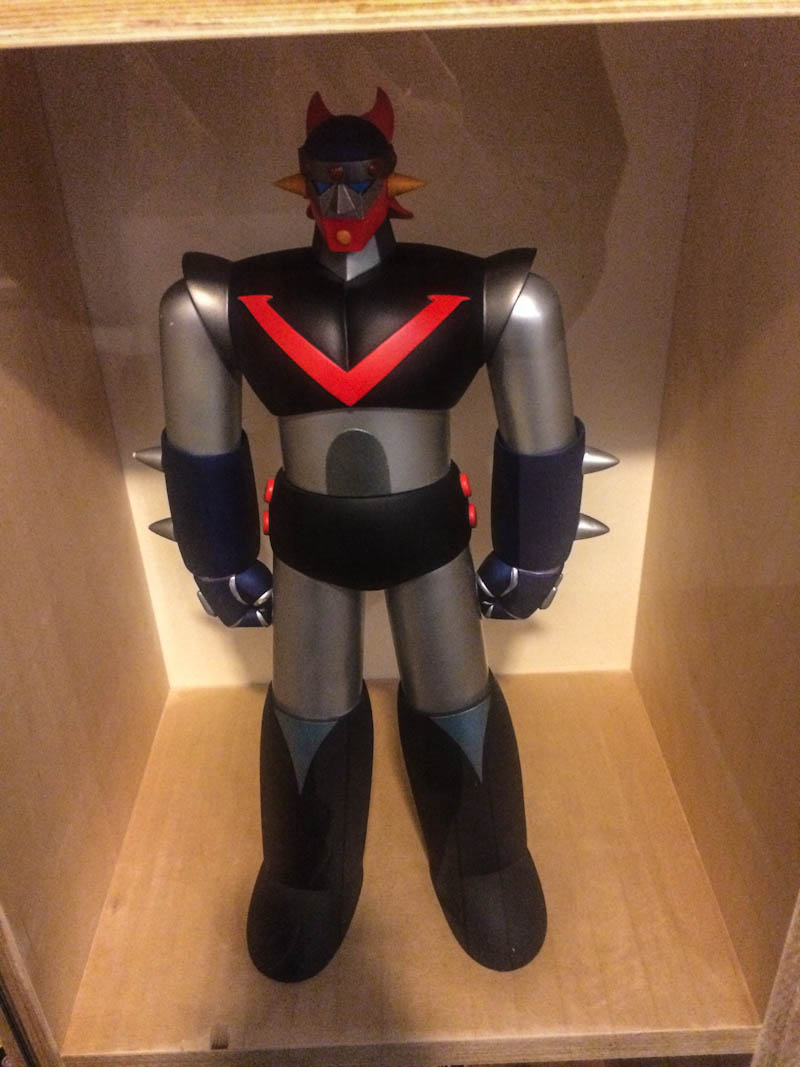
Each section of the museum exhibits are chronologically ordered from the 19th century to present day. Permanent exhibits are rotated often to show the diverse collection of Korean design artifacts stored at the museum. When special exhibits are occurring, they are held on B1 in the Gallery MODEUM.
As you move from section to section, you will be immersed in designs through the decades. Each section and decade has its own unique style which allows you to understand the culture and designs at the time including the type materials and patterns commonly used.
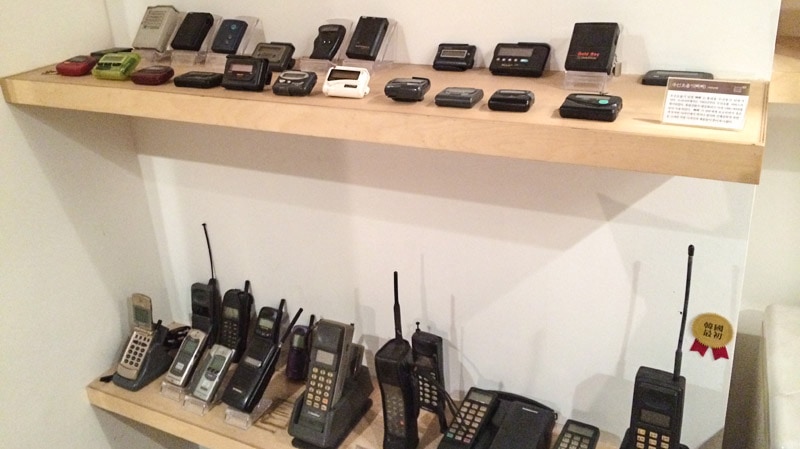
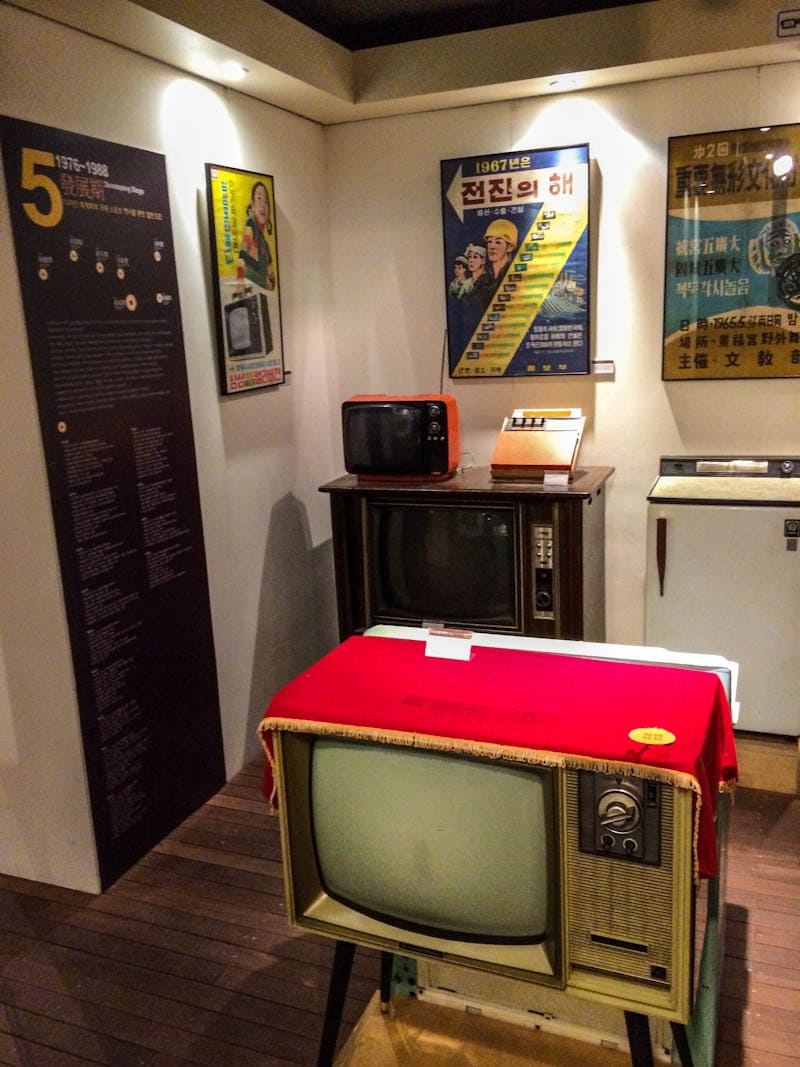
Table of Contents
Permanent Exhibition Sections
Section 1, 2F (1876-1910) : Concept of design in Korea and the effect and influence of Western culture.
Section 2, 2F (1910-1945) : The change of culture in Korea from tradition to modern.
Section 3, 3F (1945-1961) : The understanding of usefulness of design
Section 4, 3F (1961-1976) : The effects of design on the economy of Korea
Section 5, 3F (1976-1988) : Impact of design on international sporting events such as the World Cup
Section 6, 3F (1988-2000) : Globalization of Korean design
Section 7, 3F (2000-present) : Improving Korean design through international design conferences.
Floor Guide
B1 – Gallery MODEUM : Used for special exhibits and seminars
1F – Cafe 101 : Drinks and snacks
2F – Exhibition Room : Items from the 19th century until the independence of Korea until 1945.
3F – Exhibition Room : Items from independence until modern day.
4F – Museum Office
5F – WOW Designer’s Club
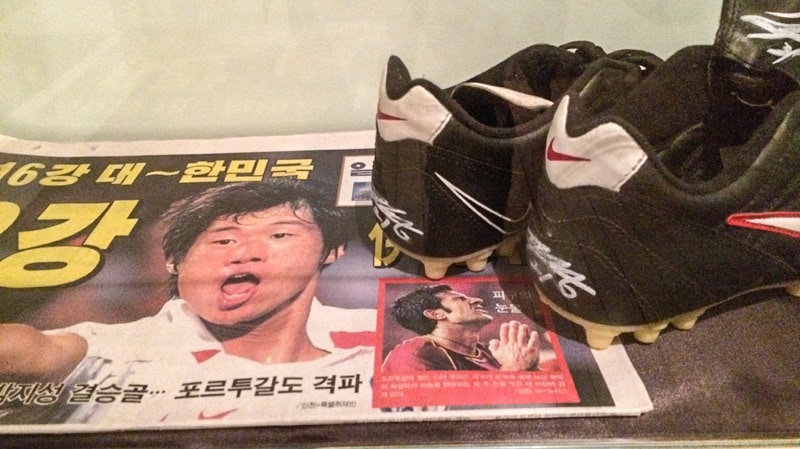
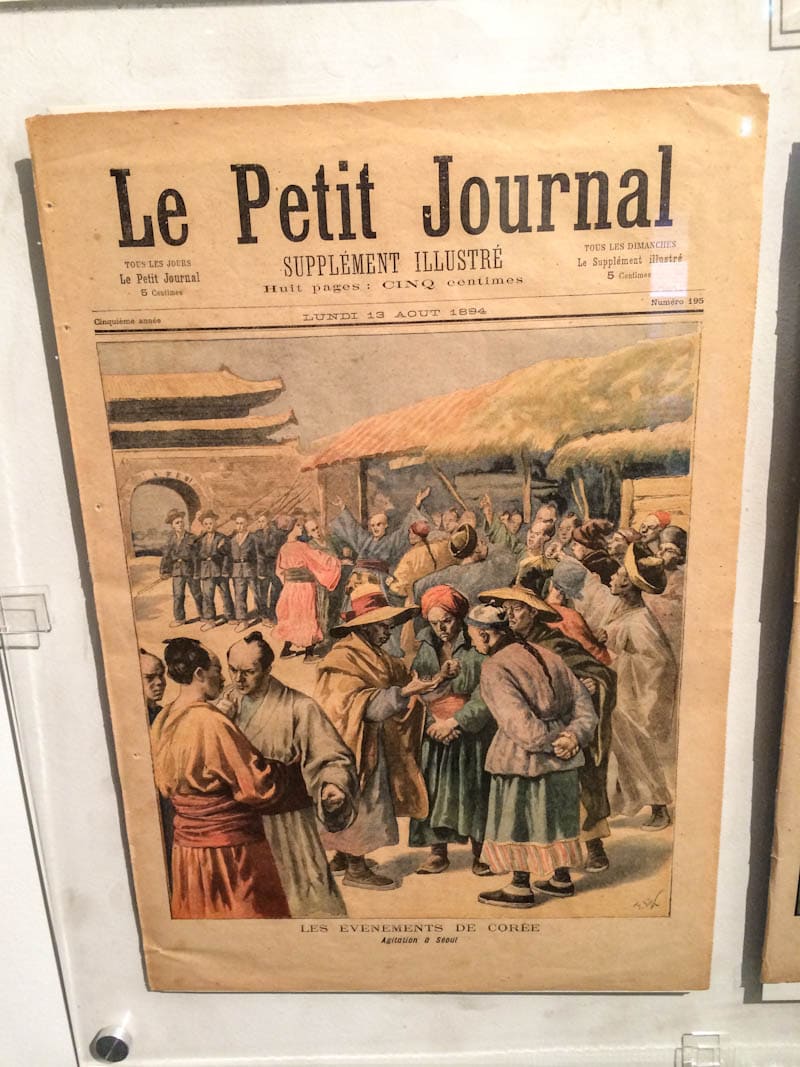
Last Updated on Dec 12, 2021